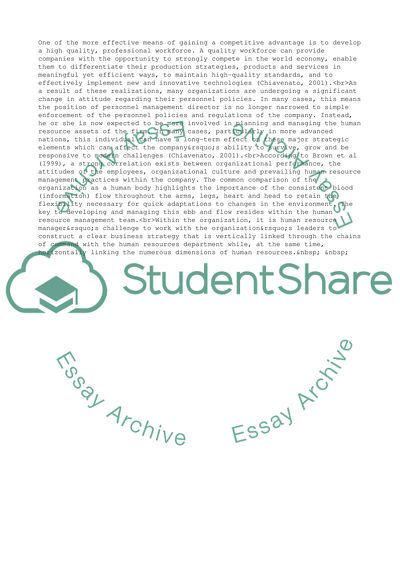Cite this document
(Clarification of Human Resource Management Challenges Article, n.d.)
Clarification of Human Resource Management Challenges Article. Retrieved from https://studentshare.org/management/1743812-rewrite-chapters
Clarification of Human Resource Management Challenges Article. Retrieved from https://studentshare.org/management/1743812-rewrite-chapters
(Clarification of Human Resource Management Challenges Article)
Clarification of Human Resource Management Challenges Article. https://studentshare.org/management/1743812-rewrite-chapters.
Clarification of Human Resource Management Challenges Article. https://studentshare.org/management/1743812-rewrite-chapters.
“Clarification of Human Resource Management Challenges Article”, n.d. https://studentshare.org/management/1743812-rewrite-chapters.


